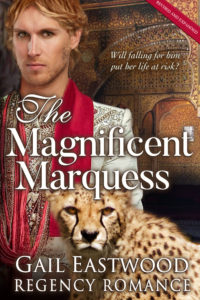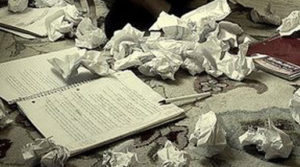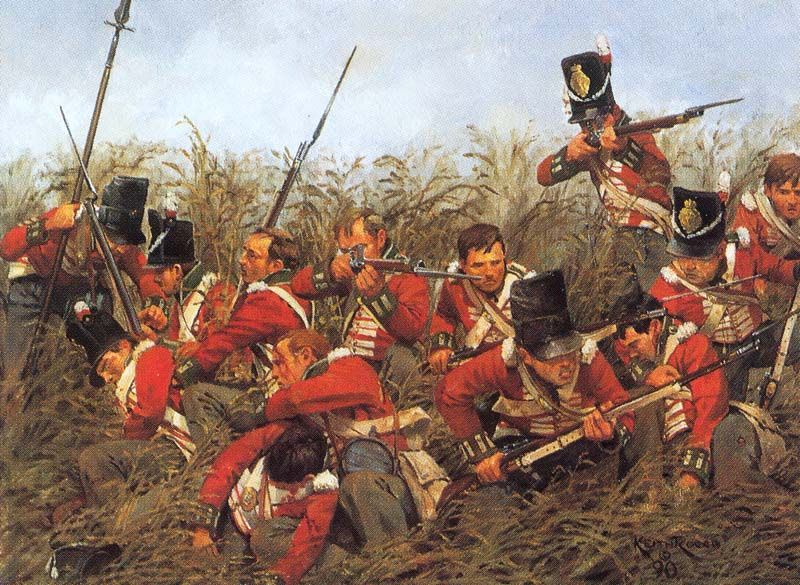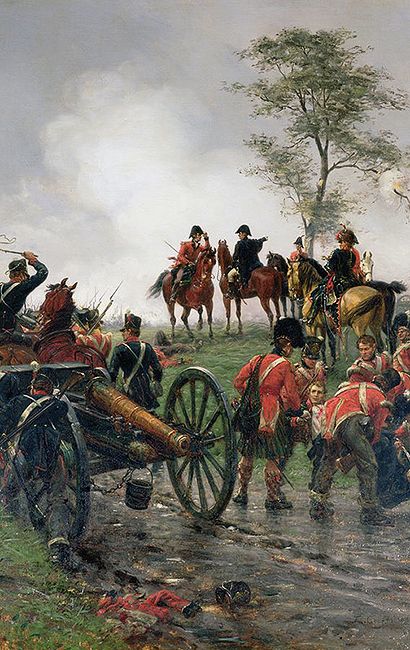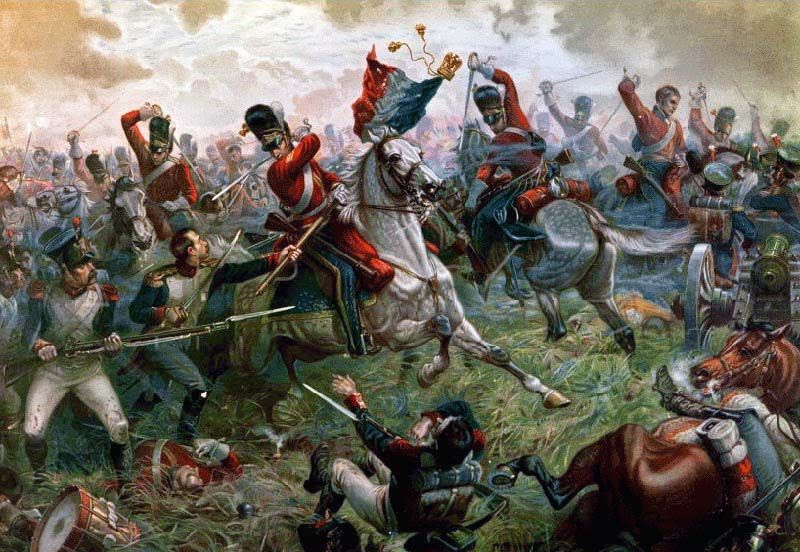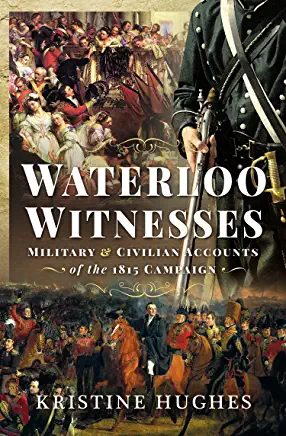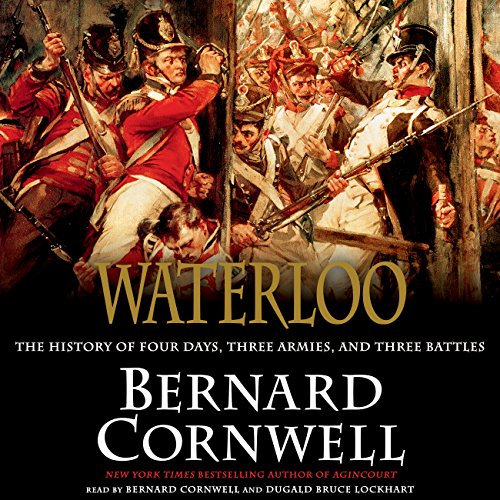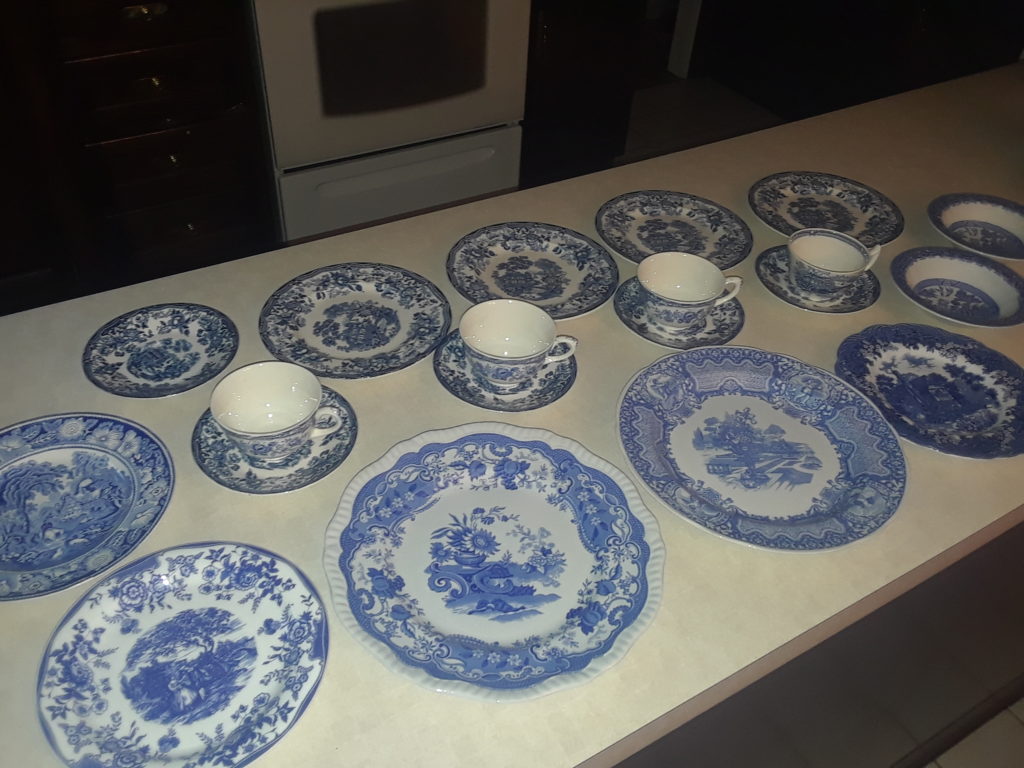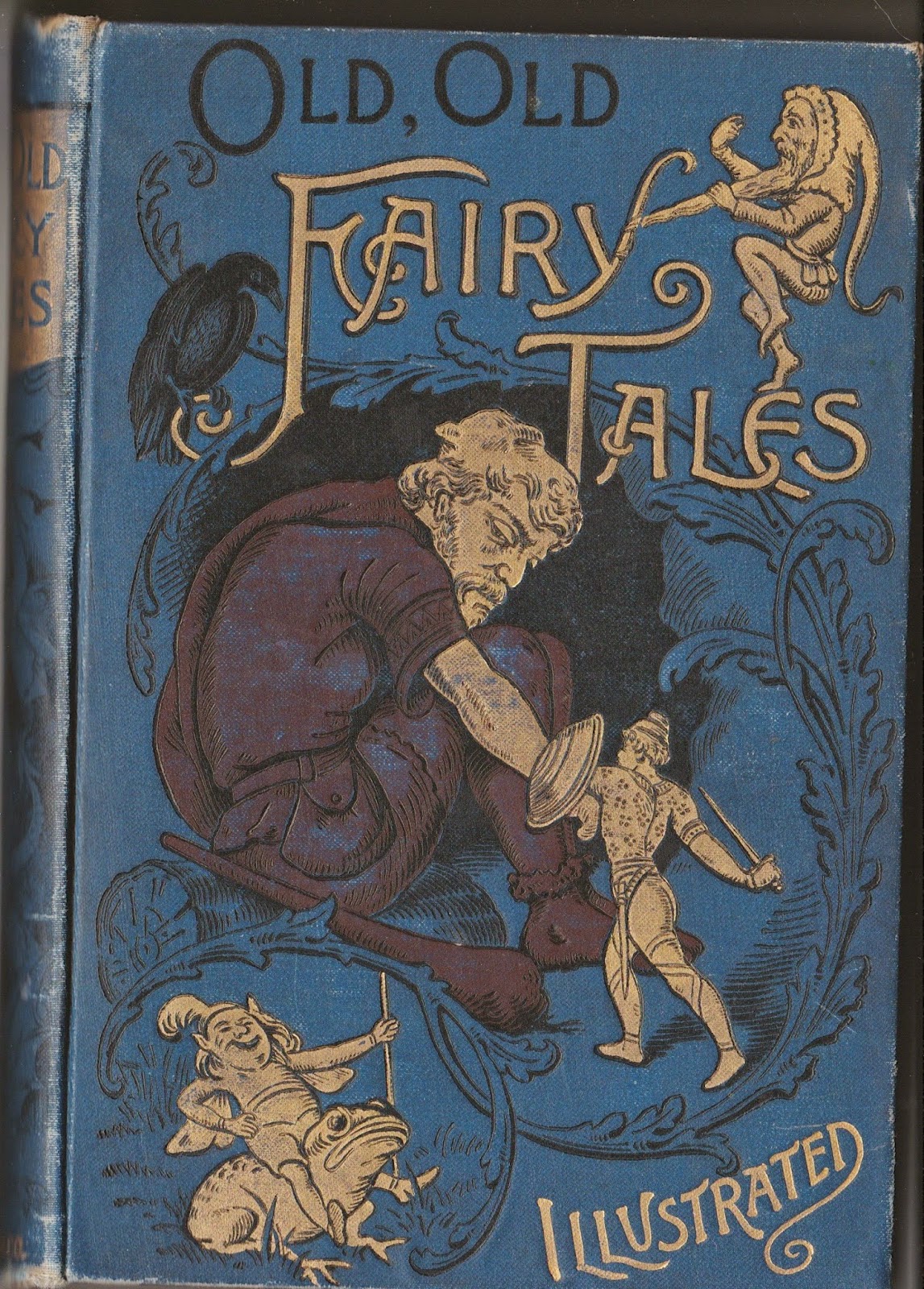 Are you a fan of fairytales? Do you watch the mash-up Once Upon a Time on TV? Or the more horror-oriented show Grimm? I’ve been working with a writing student whose project is focused on the life of Charles Perrault, so I’ve been thinking about fairytales a lot lately.
Are you a fan of fairytales? Do you watch the mash-up Once Upon a Time on TV? Or the more horror-oriented show Grimm? I’ve been working with a writing student whose project is focused on the life of Charles Perrault, so I’ve been thinking about fairytales a lot lately.
This enduring, and endearing, form of storytelling goes back in time well before our Regency period to the late the 17th century. That’s when Perrault published “The Sleeping Beauty in the Wood” as part of his collection, Tales and Stories of Times Past with Morals: Tales of Mother Goose in 1697. (The English translation was published in 1729.) Actually, it goes back much further into the mists of time, depending on how you define fairytale vs folktale. Many of the stories are ancient, and of course there are some very ancient story traditions in the non-western cultures. But did you know that the Brothers Grimm 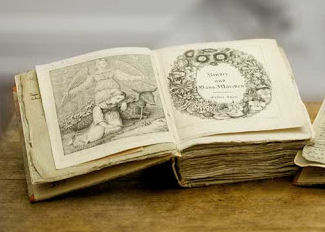 published their first three German collections of tales in 1812, 1815, and 1822? Their first English edition was published in London in 1824, illustrated by Cruikshank.
published their first three German collections of tales in 1812, 1815, and 1822? Their first English edition was published in London in 1824, illustrated by Cruikshank.
Recasting some fairytales into romances has been a popular strategy for some authors within the romance genre. Turning them back into tales for adults is ironic in some cases, as some of the stories started out as strictly adult fare. But in addition to offering us plot ideas and possible story arcs, fairytales can serve in our stories exactly as they are, as part of the cultural background for our characters.
It’s good to know that if you want a character to read fairytales to children in a Regency story, any of those collected by Charles Perrault would be authentic. That includes such favorites as Cinderella, Puss in Boots, and Little Red Riding Hood. However, the late date of the Grimm Brothers’ English edition means some other best-loved stories, such as Snow White or Rumpelstiltskin, were not familiar in most Regency nurseries.
However, the late date of the Grimm Brothers’ English edition means some other best-loved stories, such as Snow White or Rumpelstiltskin, were not familiar in most Regency nurseries.
It’s possible, however, that some of the stories Jacob and Wilhelm Grimm had collected up to 1815 could have been retold in England by returned soldiers or statesmen who encountered Jacob Grimm in Paris or particularly in Vienna. That is how Devenham, the rakish hero of my 2nd Regency, The Persistent Earl, knows the story of the frog prince and recounts a cleaned-up version of it to the children in that book. (Some of this blogpost is taken from the Author’s Note I wrote for that book, a time-saving step for which I beg your indulgence!)
Jacob Grimm worked for his government during the closing years of the Napoleonic Wars. 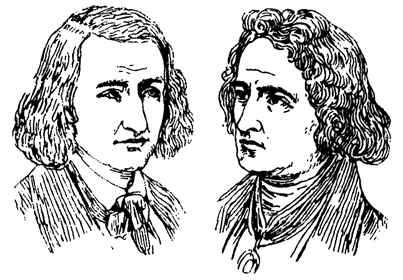 In 1814-15 he served at the Congress of Vienna in addition to making two trips to Paris to recover important German paintings and books stolen by the French army. In Vienna he was the nucleus of a small literary salon whose members entertained each other with the telling and retelling of folk tales and fairytales.
In 1814-15 he served at the Congress of Vienna in addition to making two trips to Paris to recover important German paintings and books stolen by the French army. In Vienna he was the nucleus of a small literary salon whose members entertained each other with the telling and retelling of folk tales and fairytales. 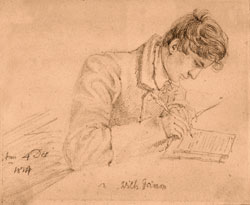 (Side note: apparently Wilhelm was struggling in the meanwhile back in their homeland. A novel just released in July, The Wild Girl, by Kate Forsyth, tells the story of the woman who loved Wilhelm and waited ten years to marry him!)
(Side note: apparently Wilhelm was struggling in the meanwhile back in their homeland. A novel just released in July, The Wild Girl, by Kate Forsyth, tells the story of the woman who loved Wilhelm and waited ten years to marry him!) 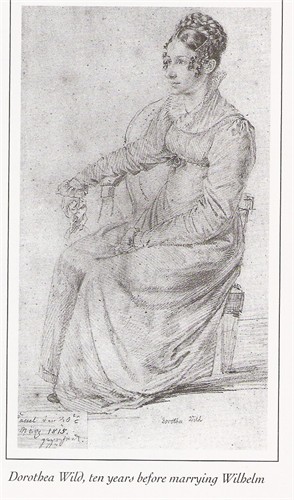
Many of these stories were not originally intended for children, and were only made suitable after the Grimms modified, edited, and in some cases embellished them for publication. (a Regency precedence for Disney!) Jacob’s store of tales in Vienna would have included those already published in the 1812 German Nursery and Household Tales, plus others like “The Frog Prince” about to make their appearance in the second volume.
Here is an excerpt from TPE where my naughty hero (still recovering from wounds received at Waterloo) explains about the story my heroine, Phoebe, has just overheard him tell:
“I spent a few weeks on furlough in Vienna last winter, and that is where I chanced to hear the story. In fact, if I can remember them, I heard several others I could tell the children besides that one. There was a scholarly fellow there for the Congress, part of the Hessian delegation, who collects these kinds of stories, and he had formed a little group in Vienna who delighted in exchanging them to pass the time.”
Phoebe saw the wicked light that she had learned to recognize so well come into his eyes, and she quickly turned away to fluff his pillows. What could possibly be wicked about fairytales? And where was Mullins? She realized suddenly that both he and the tea tray had disappeared.
“I must add that many of these stories had more than one version,” Devenham continued. “I saw ladies far less reputable than you put to the blush. Some of the French and Italian stories I heard were enough to curl even my hair. Of course, I would never repeat those to children.”
Over time, the Grimm brothers published some 200 tales. However, the edition we know today as Grimms’ Fairytales was not published until 1857.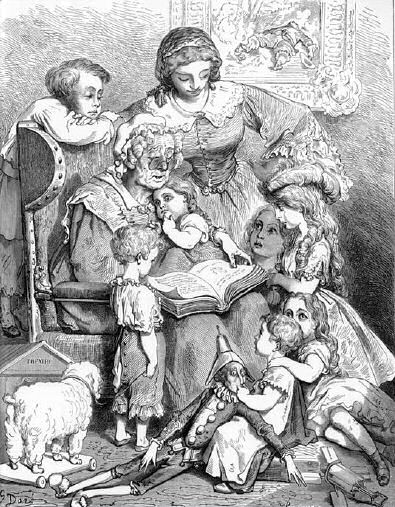
What are your favorite fairytales? Have you ever used one in a story? Have you read (or written) any romances based on one? Let me know in the comments!
(P.S. If you were wondering, The Persistent Earl is one of my backlist books that has been reissued as an ebook by Penguin Intermix. The original paperback version is out of print.)

